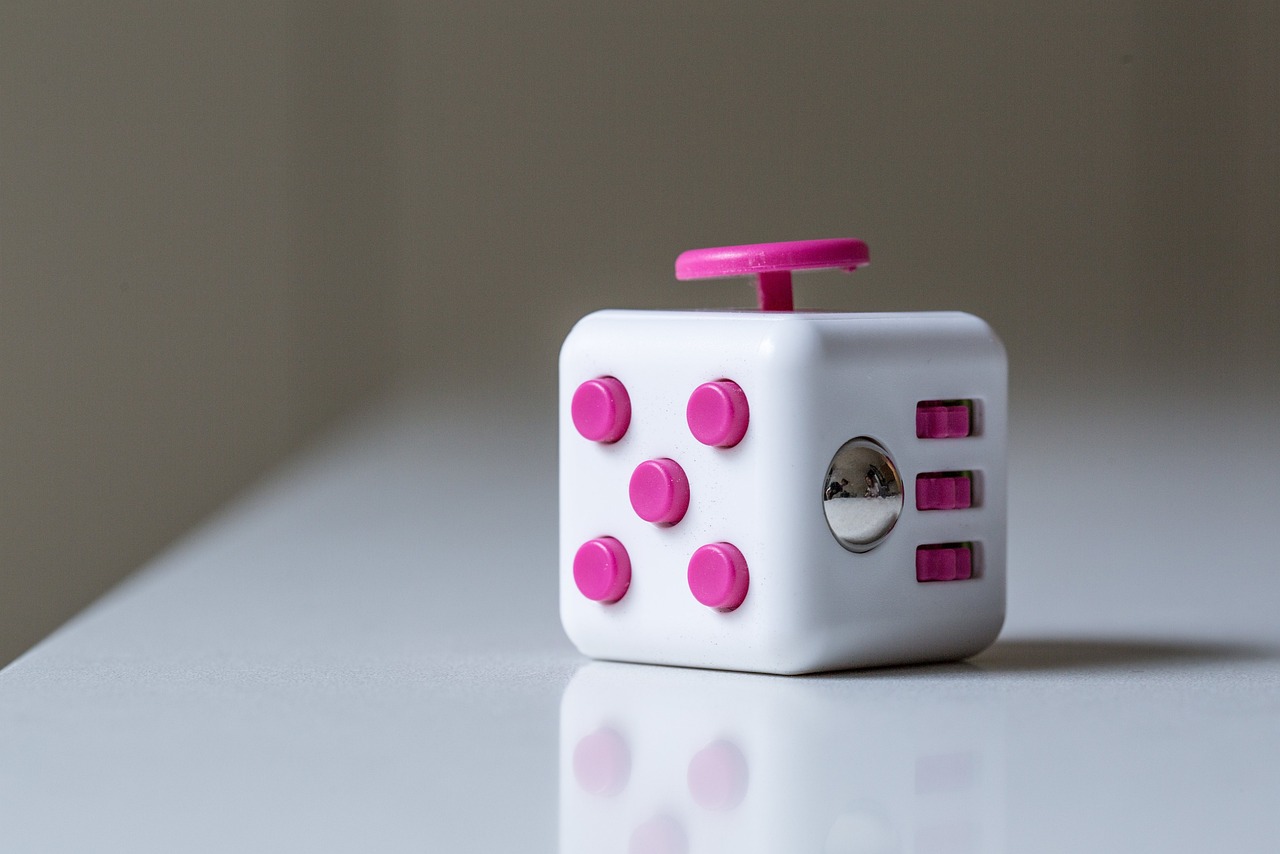By Cate Riley, Communications Volunteer Assistant
In this blog post, our volunteer Cate writes about her own experiences and ways of coping with sensory overload.
Being autistic brings some strengths, but it can also present challenges that we can learn to navigate throughout our lives.
Many autistic people in the community refer to facing their sensory issues with a toolkit full of different types of sensory items which help us take care of our emotional well-being while being able to participate in our everyday lives.
It’s worth noting that not all autistic people have sensory differences. For those of us that do, living with sensory overload can feel like a constant battle between needing comfort i.e. staying in our comfort zones and wanting to engage with the world around us.
By having this toolkit, it gives us permission to maintain a sense of control and live more comfortably in a way which is well suited to our individual needs.
One of the biggest hurdles, for many of us, is sensory overload.
Understanding our sensory needs is an essential part of our self-care.
As a late diagnosed autistic adult, the journey to recognising these needs can be overwhelming at first since masking for so long might have made you less aware of the sensory challenges you face but identifying them is the first step toward finding relief.
For me personally, it was a revelation to learn that those persistent headaches I experienced were linked to light sensitivity. It turns out my brain was working overtime to cope with my surroundings.
This kind of discovery can be both empowering and a relief when you finally understand what’s been affecting you for so long.
And this can be the making of your own personal sensory toolkit!
Tuning Into Your Senses
One way to start figuring out your sensory needs is to pay attention to your daily environments and how they make you feel afterwards.
A good way to address it is to go into the regular day-to-day types of environments and notice how you feel after you’ve left.
Thinking about how you react to things like bright lights, loud noises, or crowded spaces is a good place to start.
For example, some people may experience hypersensitivity or hyposensitivity to specific sights, sounds, smells or textures. However, this can be a positive thing when we learn to navigate it in a way that best suits our needs, but equally can also cause distress or discomfort, at times preventing autistic people from feeling safe within themselves and avoiding places all together.
When it comes to paying attention to how you feel after stepping into certain environments, you may not notice how you feel towards it straight away. Especially if you’ve spent years in a heightened state of alertness due to masking, but over time, patterns will become more noticeable and the more a-ha (where the lights come on in your mind and things begin to make sense), over time the more of these moments you will witness!
You might realise you experience hypersensitivity to certain things like sounds or lights, while experiencing hyposensitivity to others. While these can sometimes feel like a burden, once you learn to work with them instead of against them, they become more manageable with time.
It’s all about finding what personally helps you feel safer and more comfortable in your body and environment. What works for one person might not work for you and vice versa.
The Power of Tools and Strategies
Being neurodivergent in a neurotypical world means facing challenges daily, but with the right tools in place, things get easier.
The strategies I’ve found helpful might not work for everyone, but they’ve been a big part of my self-discovery and healing journey.
Here are seven ways I manage sensory overload, each helping me gain a sense of control and motivation while still being able to engage with the world around me:
1) Headphones
My headphones are my number one defence against noise sensitivity. Whether it’s blocking out the unpredictable sounds of the city or reducing background noise while I run errands, having headphones with me is a must.
For me, noise cancelling headphones are perfect when I know I’ll be out for longer periods. On shorter trips, I use soft, comfortable earbuds. They help me create my own peaceful bubble and let me focus on tasks or just listen to soothing sounds.
White noise, nature, lo-fi beats or binaural beats have come in handy for me many times. Being able to access these provides a predictable, gentle sound environment that helps reduce sensory sensitivity and anxiety.
I personally have found in my experience they can be especially helpful in managing overstimulation or intense social situations.
2) Dark Mode and Warm Settings On Devices
With how much time we spend on screens, it’s important to make them comfortable to look at. Switching to dark mode and adjusting my devices to warm settings has drastically reduced my headaches and eye strain.
3) Coloured Sensory Lighting
This ties into how I manage my home environment as well. I’ve invested in lighting that has a warmer tone, which has made my living space more calming. Many people in the community like to experiment with different colours that can change with their mood, or use things like galaxy projectors for extra visual stimulation.
4) Fidget Toys
Fidget toys are small but mighty when it comes to calming down during moments of dysregulation. Sensory input provides something for autistic people to channel their nervous energy into, helping us stay more emotionally regulated.
5) Comfortable Clothing
Wearing clothes that are soft, loose and that are made well can make all the difference when it comes to comfort throughout the day. Tight or scratchy fabrics can be a major source of irritation, so I always make sure my wardrobe reflects what feels good on my skin.
6) Scent Sensory Control
I’ve found that scents play a big role in my sensory experience as a lot of us have a greater sense of smell. Surrounding myself with calming scents, like my favourite mix of chamomile and clary sage, has helped me manage sensory overload. It gives me something pleasant to focus on and cuts through overwhelming smells that can trigger discomfort. I like to carry a rollerball perfume in my bag which I roll on my pulse points throughout the day.
7) Schedule Breaks
Lastly, taking breaks throughout the day is a big part of taking care of our sensory needs and navigating the world as an autistic person. Whether it’s stepping away from a busy environment, finding a quiet corner, or just giving myself a few moments of silence or taking time out to go for a walk and get some fresh air, can help prevent me from reaching a point of overwhelm.
By tuning into these strategies and paying attention to how I feel, I’ve learned on my journey that living with sensory overload doesn’t have to be a constant battle in day-to-day life.
It’s about finding what works for you individually, and taking small steps to create a toolkit that suits your personal sensory profile.
Everyone’s journey will look different, but with patience and self-awareness, you can find ways to thrive in a world that often feels overwhelming.
Useful resources from AIM
We have a series of resources on our website about sensory needs. To check them out, please click on the below links:









